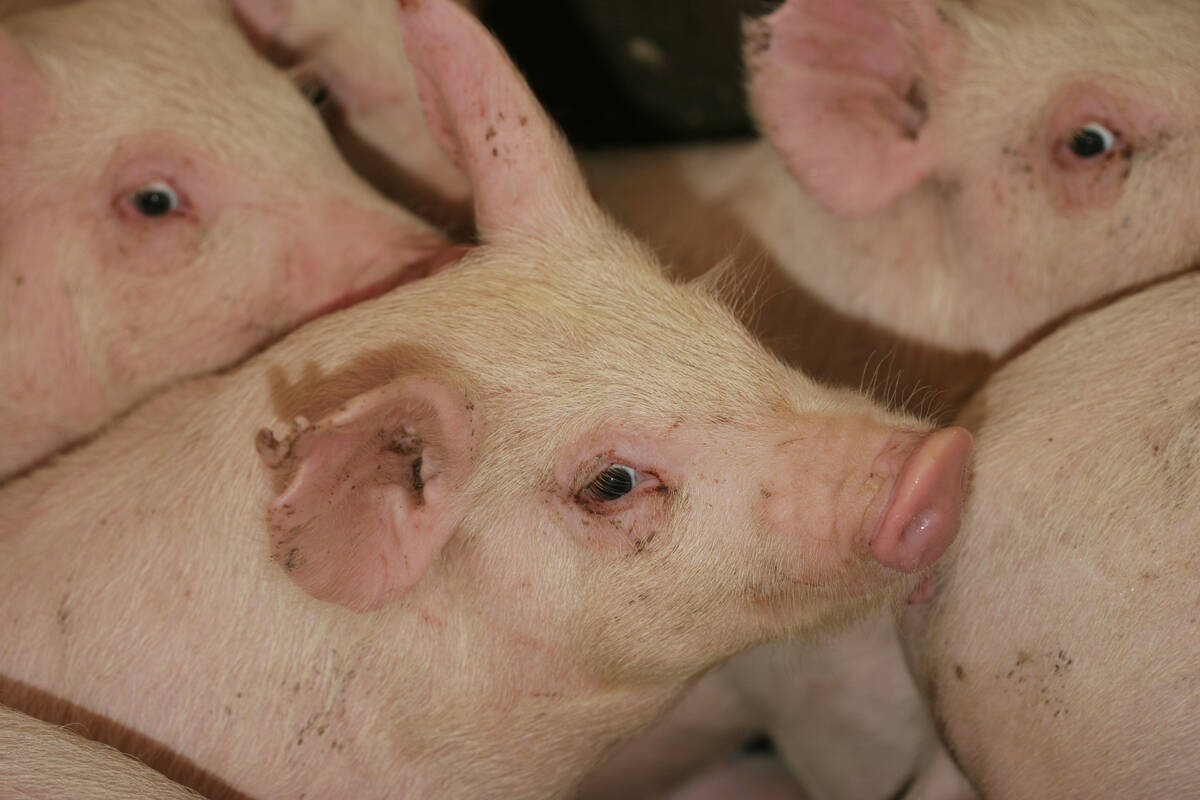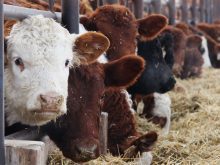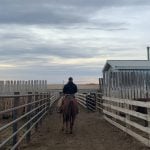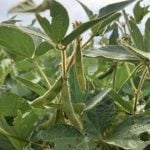The highway view of Schooten Custom Feedyard is one of a well maintained farm with tidy buildings, orderly pens of cattle and neat rows of rich black compost.
“This is a better way to show the public the image of how we handle our manure,” said Shane Schooten, who farms north of Lethbridge with his brother, Cody, and father, John.![]()
“We know with the new environmental regulations coming, there is only so much manure you can put on the land so we figured we better start getting proactive about things.”
Read Also

The Western Producer Livestock Report – September 25, 2025
The U.S. national live price average for barrows and gilts was $81.21 Sept. 17. It was $78.37 Sept. 9. U.S. hogs averaged $106.71 on a carcass basis Sept. 17, up from $106.10 Sept. 9.
When the Schootens moved here three years ago, they decided to complete an environmental farm plan and certified beef food safety program because they believed it was the right thing to do.
Compost plays a big part in that approach.
The family’s compost area is a 20-acre base built to the standards of Alberta’s Agriculture Operations Practices Act.
The windrows are 420 metres long and rest on a clay pad almost two metres thick. The pad is surrounded by high berms to prevent runoff. A nearby lagoon accepts potential runoff from rain or snowmelt.
The Schootens decided to compost because they needed a better way to handle their manure. Their 10,000 cattle produce 20,000 tonnes of compost a year. It takes seven tonnes of manure to produce one tonne of compost.
The compost is applied on the family’s pastures and on potato farms as far away as Taber and Vauxhall. Some is also sold to a Calgary area turf farm and to neighbours and home gardeners.
“Farms that are near little towns that haven’t been able to put raw manure on their land love it because it doesn’t stink,” Schooten said.
It is a stable product that adds nitrogen and organic matter to the soil.
Schooten calls it a three-year fertilizer plan because it releases about a third of its nitrogen each year.
The Schootens spread some of their spring manure straight to the land but most is composted and later spread with their specialized spreading machines. The greatest benefit has been on 600 acres of pasture, where productivity improved by 40 percent.
“We see it as an economic upside to our operation because it has really helped our pastures,” Schooten said.
Landon Dalshaug of Kuhn Compost Products, which works with the Schootens to turn the windrows and haul away the finished product, said compost boosts the soil to get the microbes working again.
“Manure is a straight shot of nitrogen and compost is a slow-release fertilizer.”
Kuhn Compost is a five-year-old Alberta company that started doing bioremediation work with oil companies on reclaimed well sites as well as providing compost for landscape companies, golf courses, sports fields, farmland and road construction.
The windrows are spun through a scarab, a large, square machine that moves up and down each row turning the product about once a week.
Because the Schootens farm in a dry area, they have to water down the compost in the summer to keep it moist.
Dalshaug said little was happening in the compost business five years ago but since then it has grown 10-fold.















